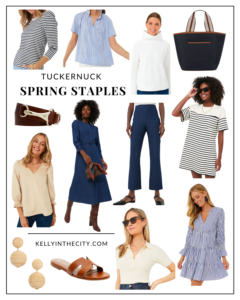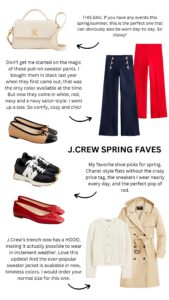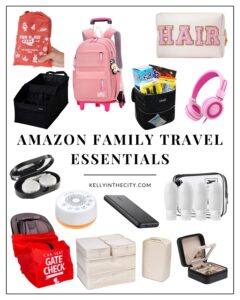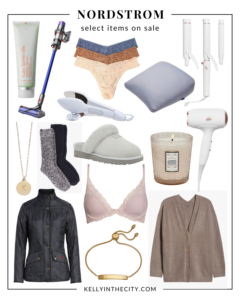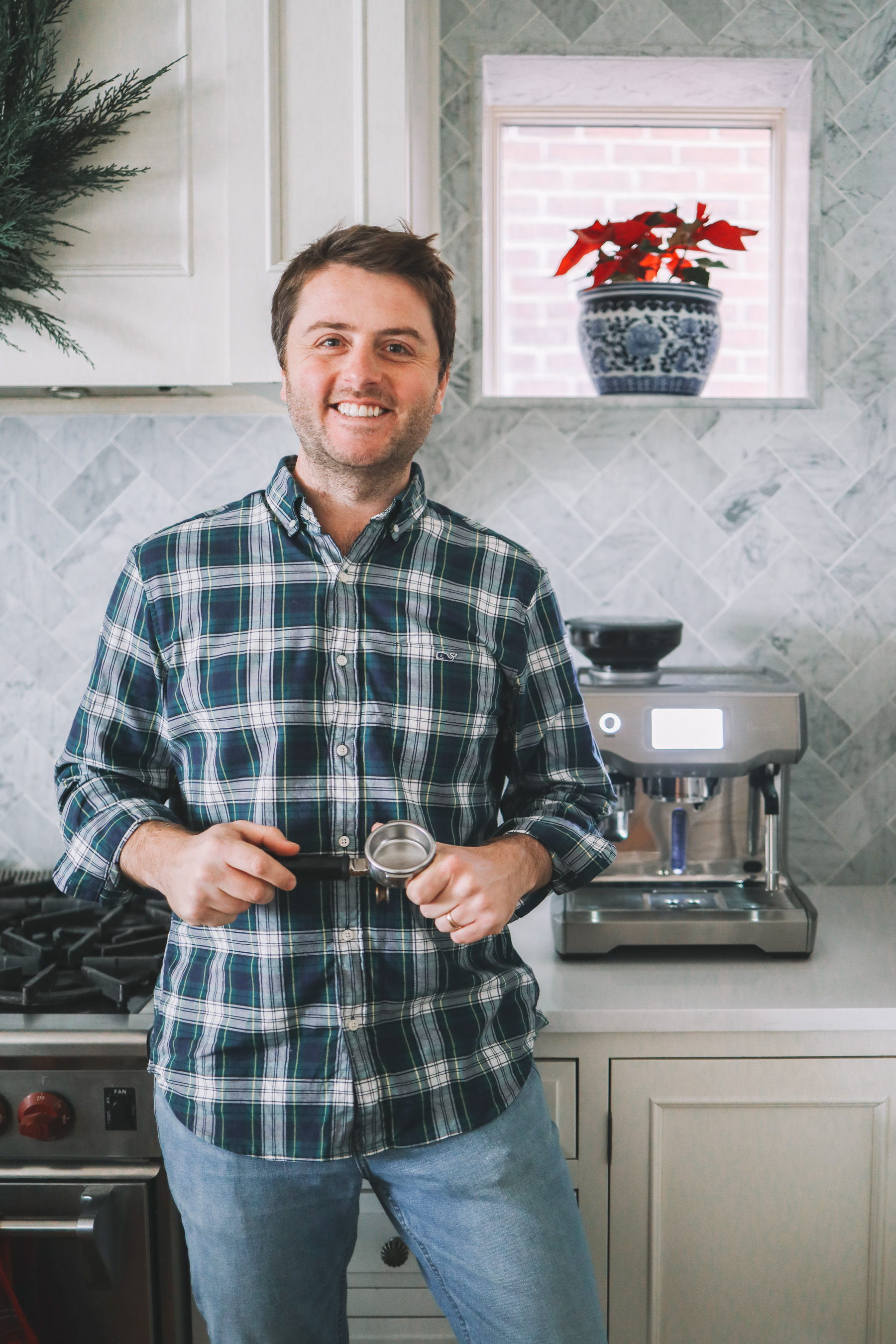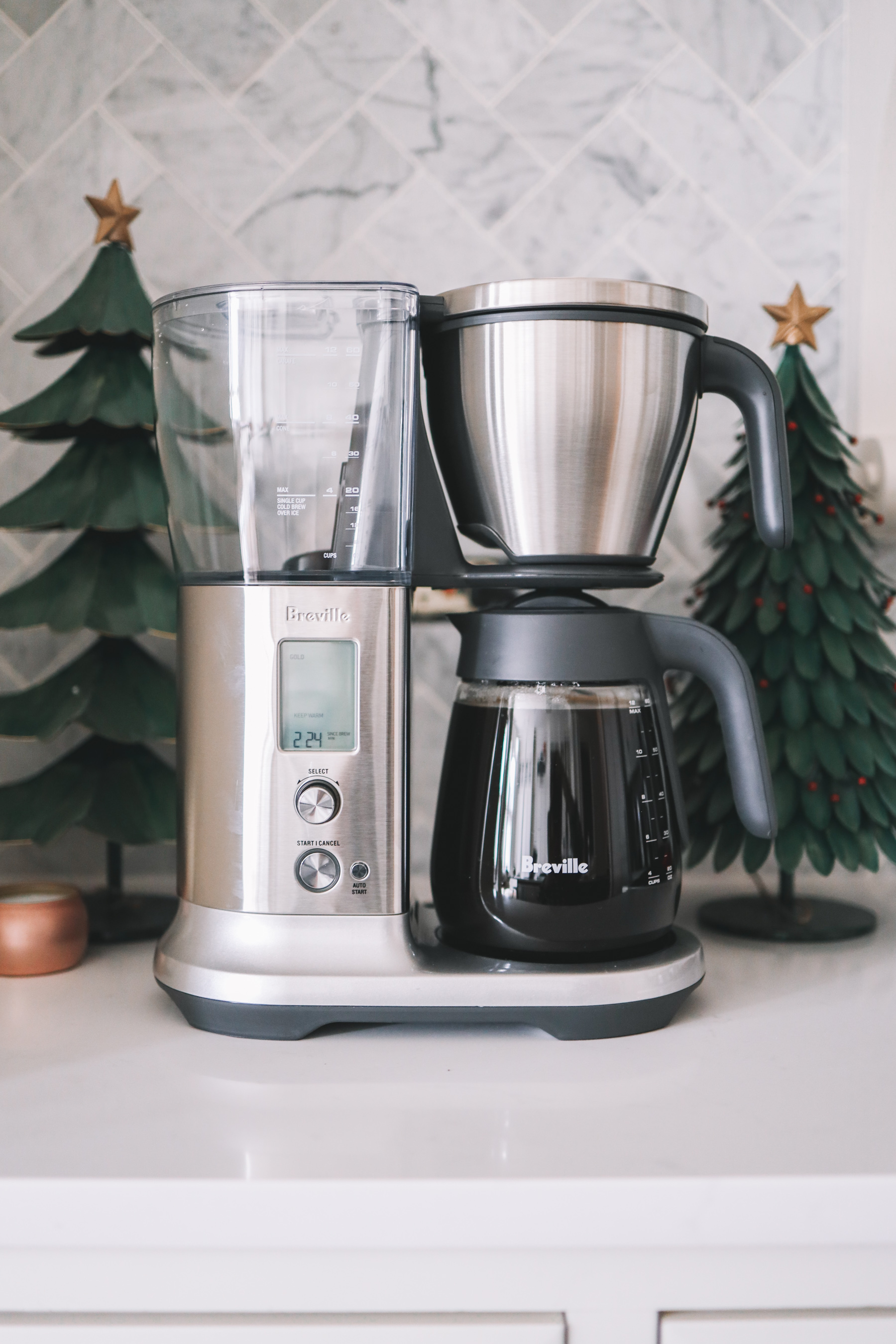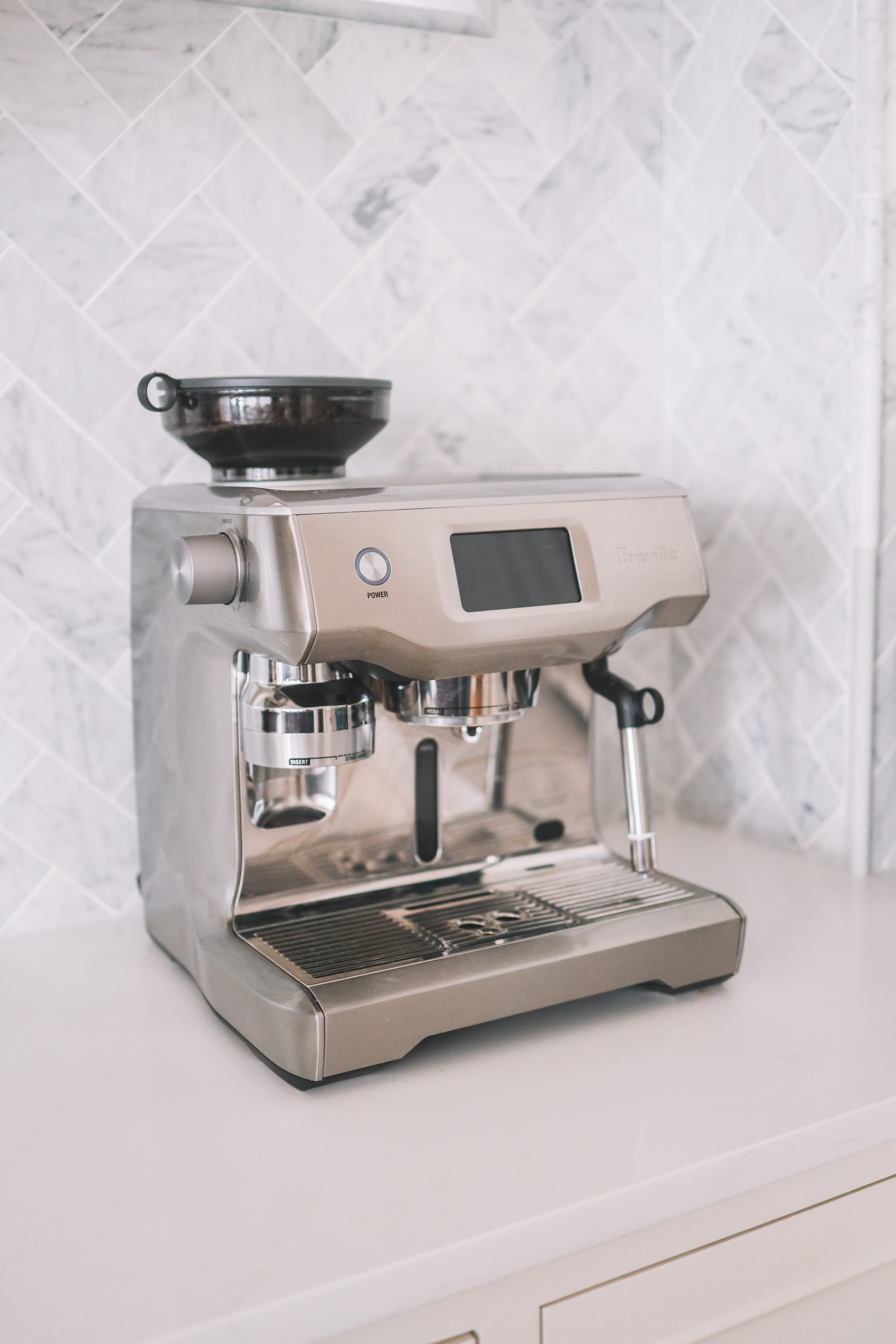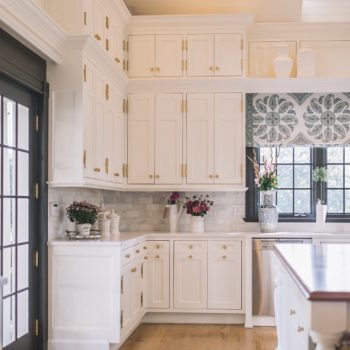Featured coffee machines: Breville Oracle Touch + Breville Precision Brewer
Mitch here!
In the past year, I’ve become obsessed with coffee. I watch YouTube videos about it in the middle of the night and recently, I invited a pro to the house to teach me new stuff because I’m really into it. At one point, I owned seven coffee machines and three grinders. (I’ve since come to my senses and gave a good number of them to friends and family.)
I was once like most of America. I made a pot of coffee in the morning and never really thought much about it. But then I started working from home and my coffee breaks became very important to me. And then it began.
A little history
A few interesting things about coffee:
- Do you know why Americans drink coffee and the British drink tea? The Boston Tea Party! Isn’t that wild? (Okay. Yeah. You probably knew that.)
- While it was popular throughout American history, the “first wave” of coffee was driven by names like Folger and Maxwell House. They improved the supply chain and made coffee available to every kitchen in the country.
- The “second wave” of coffee is best described by the word Starbucks, and its worldwide introduction of specialty coffees to the masses, new espresso brewing techniques, and a willingness to wildly customize each cup of coffee.
- The “third wave” is what I’m contending with now. Similar to what happened with both wine and beer, the coffee industry is now pivoting toward “expert consumers” who passionately learn and participate in the sourcing, roasting, grinding and and/or brewing of better coffee.
But why?
Because I think coffee is fascinating. It’d be tough to overstate the grip this curious little drink has on our culture. Caffeine is a psychoactive drug and coffee is the perfect vehicle for its delivery. It’s one of those rare pleasures that isn’t necessarily a guilty one. Coffee is 0-calorie, it appears to improve cognitive ability, and it apparently reduces the risk of mortality.
I’ve started to subscribe to the belief that anything worth doing is worth doing well. I was already drinking coffee all day, so why not put forth a little more effort to make it good coffee? Also, I’m at a time in my life when I just don’t have a lot of time for hobbies. The coffee thing, though, gives me something to work at, improve on and enjoy… and it only requires a few minutes of my time. In short, it brings me joy.
What I was doing wrong and how I fixed it
Listen, I know you’re not reading Kelly in the City to be lectured about coffee right now. But if you’re this deep into a coffee post, you must be a little bit curious about how to improve your cup of Joe. It’s really not hard! Here’s how to up your game:
1. Grind your coffee at home
A roasted coffee bean is a little bit of magic filled with incredible smells and flavors just waiting to be exposed to the air, dissolved into hot water, and chugged. But if you outsource your grinding to some random factory, most of that aroma and plenty of that flavor will get lost along the way. There are so many varieties of beans out there! And they all have unique flavor profiles that are normally totally lost or unavailable in pre-ground bags.
A little tip: A common mistake when grinding beans is to use a blade grinder instead of a burr grinder. Blade grinders use a single spinning blade to chop the bean like a lawn mower, and that results in a mess of ground sizes and an inferior cup of coffee. Burr grinders, on the other hand, pulverize the bean to a constant and customizable size. They can be adjusted for different style of brewing and different varieties of beans. Meanwhile, blade grinders can be placed in the garbage because that is where they belong.
Grinding at home opens up a whole new world (don’t you dare close your eyes 🎶) of coffee brewing techniques, and luckily, selecting a grinder is fairly simple. I use Breville’s Smart Grinder Pro as it was the highest-rated grinder that wasn’t absurdly expensive, and it was designed to work with the rest of my machines.
2. Be curious with your coffee
Have you ever travelled to another country, ordered a coffee and been a bit perplexed when they ask what kind you’d like? Let’s take a second to discuss our options:
- Filtered coffee: This is what we’re talking about when we say “pot of coffee.” Hot water interacting with ground coffee in a filter basket, French press, pour-over… all that stuff. And I’m not trying to hate. Filtered coffee is my second favorite kind of coffee. Mix this stuff up with milk, sugar, cream, whiskey; it’s delicious! Most importantly, though, it’s cheap and relatively easy with a decent machine. With the right one, you’ll get a consistently delicious, large volume of coffee with very little effort. This is why it’s so popular.
- Espresso: Espresso is what happens when you force pressurized hot water through finely ground, compacted coffee beans. This is what you’d do if you wanted to make the strongest coffee imaginable–which is exactly what happens. The resulting beverage is a shot of extremely concentrated coffee which some like to sip and most like to heavily dilute with steamed milk and sugar. You might recognize these drinks as the latte (espresso and steamed milk), cappuccino (espresso, steamed and foamed milk), macchiato (espresso with a shot of steamed milk) and mocha (latte with chocolate in it). The problem is that brewing espresso is tough and getting good at it is more of a time suck than most home coffee chuggers are willing to devote. That is until you invest in a good machine.
3. Get the right tools
Coffee professionals refer to this hobby as a rabbit hole, and they can identify how far someone has fallen into it based on their machinery. I skipped a few steps on this journey due to my relationship with friends at Breville, who sent me two incredible machines to test out. (We’ve worked with them in the past to help get the word out about other products.) It was an awesome surprise, and I’m extremely grateful!
Breville Precision Brewer
A “plain Jane” coffee maker works by heating water to force it up a tube out over your grounds. The problem is that water then interacts with the grounds at inconsistent temperatures, and unfortunately, those temperatures are rarely the appropriate temperatures for brewing a great cup of coffee.
But the Breville Precision Brewer uses a pump to push the water and maintains perfect temperatures throughout the brewing process. It also allows for fancy extras, like blooming the grounds before brewing and holding the water in the basket for an optimal time before dispersing it. Finally, the Precision Brewer keeps the coffee hot not by constantly heating it like lesser machines which tends to muddle and burn the coffee, but with an insulated thermal carafe. So smart!
Breville Oracle Touch
This thing has become a big hit on Kelly’s Instagram account lately. This is Breville’s top-of-the-line machine, and it’s has quickly become our favorite kitchen appliance. Kelly and I talk every day about how important it is to us. 😂 Raising two small girls and running two small businesses from home is amazing, but it’s also downright exhausting… and the Oracle Touch gives us a place to caffeinate, congregate and commiserate throughout the work day. ;)
Yes, this machine is expensive, but when compared to other machines of a similar caliber its price starts to make more sense. Breville also offers more approachable machines like the Bambino and Barista Pro for those of you looking to brew espresso at home without making as serious an investment. (They’re amazing, too.) Or you could start like I did with the mighty Moka Pot which makes seriously great coffee for less than $20. There are options!
So the big question here is obviously whether I think the Oracle Touch is worth it. And while I realize that it’s taken me about 10,000 words to get to this answer, YES. I DO. For someone who is passionate about coffee and wants to take his or her hobby to the next level, it will take them there. I like to compare it to Kelly’s passion for photography. She’s invested quite a bit into her equipment because it takes her work to the next level. Is it 100-percent necessary? No. I’ve seen her work with $500 camera bodies and $100 lenses, and the results are great. But her pro gear affords her greater flexibility and an ability to shoot in tough settings… and makes everything easier. (Of course, Kelly gets paid for her passion. Whereas I do not get paid to make coffee. YET. Kidding. Mitch’s Coffee Shop will not be opening anytime soon.)
But I digress. Brewing espresso of this quality is not easy. It requires training, practice and lots of very expensive equipment. The barista at your favorite coffee shop is likely testing the water PH regularly, adjusting the grind size to achieve different flavor profiles, measuring and adjusting the various times and pressures depending on resulting shots, and adjusting their whole technique depending on the weather. I’m not kidding!
The Oracle Touch brews espresso of this quality automatically–at the touch of a finger. I’m enamored with it. It has a built-in professional burr grinder that can deliver in an espresso-grade ground directly into the portafilter. (This is the little handle thing you see baristas popping in and out of machines.) Not only that, the Oracle Touch automatically tamps the grounds into a perfectly pressurized puck that’s ready for brewing. The machine then does all that fancy espresso brewing stuff (including pre-infusion and optimal water pressure) to pull the perfect espresso shot every time.
And as if that wasn’t enough, the Oracle Touch handles the steaming of the milk as well, and the microfoam milk is of the quality of professional grade barista. You can even draw the little hearts with the stuff! Though my latte art could use some help.
I could go on and on about the Oracle Touch but most importantly and as I mentioned before, it gives Kelly and me little moments of escape and bliss throughout our day. On more than one occasion we’ve had serious talks about what we would do if the machine was stolen or something (😂), and we’ve decided that if that ever happened, we’d run out and buy another one that day. I’m not sure if I should be divulging this information, but we now buy four gallons of milk at a time in no small part due to our cappuccino and latte consumption. And if that’s not a sign, I don’t know what is!
The Beans
But about that coffee professional! Matthew from Counter Culture was kind enough to spend the morning with me to teach me about everything the Oracle Touch can do, and also about Counter Culture’s coffee business including bean sourcing, roasting and brewing some of the finest cups of coffee in the country.
Matthew walked me through the process of developing coffee fruit into the drink that we all know and love. He also taught me how to evaluate a coffee’s flavor from–bitter to sour–and the causes for each little variation in flavoring. We brewed a lot of coffee together, and he watched me work the machine, giving nice little tips and suggestions along the way. It was a GREAT morning.
Counter Culture (which is probably the best business name I’ve ever heard) hosts similar learning sessions at their training centers where you can learn about home brewing, tasting and even sampling Counter Culture’s beans. I can’t recommend it enough.
Stay tuned on a tutorial on how to use the Breville Oracle Touch. It’s coming soon!
Phew. I need a cup of coffee.
Mitch. OUT!





